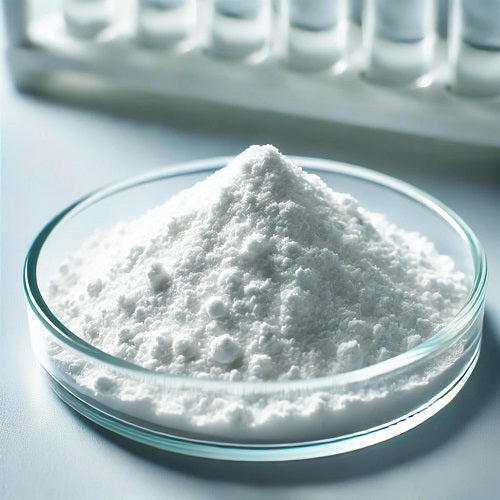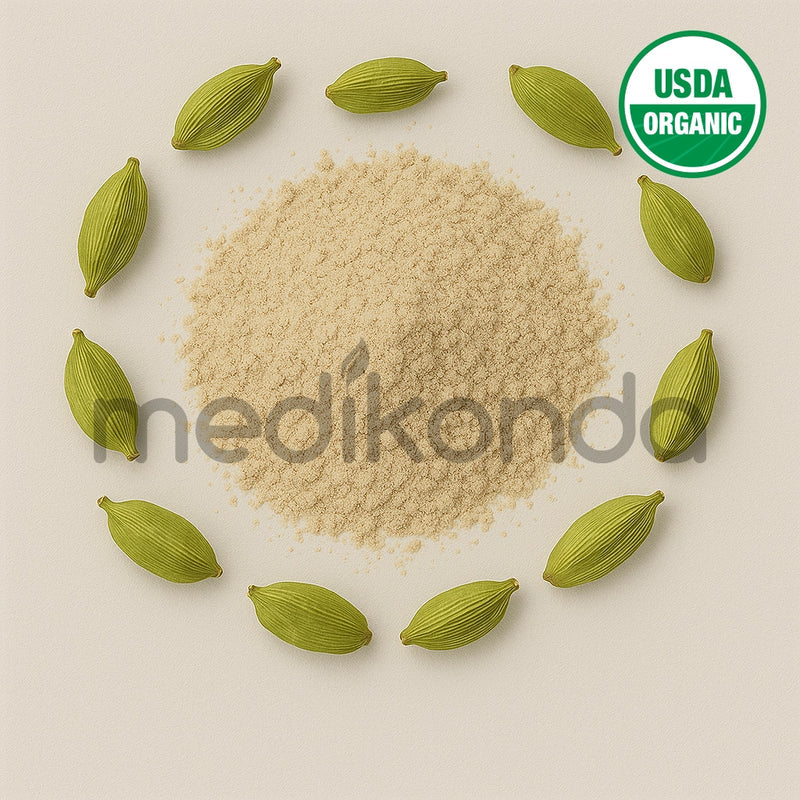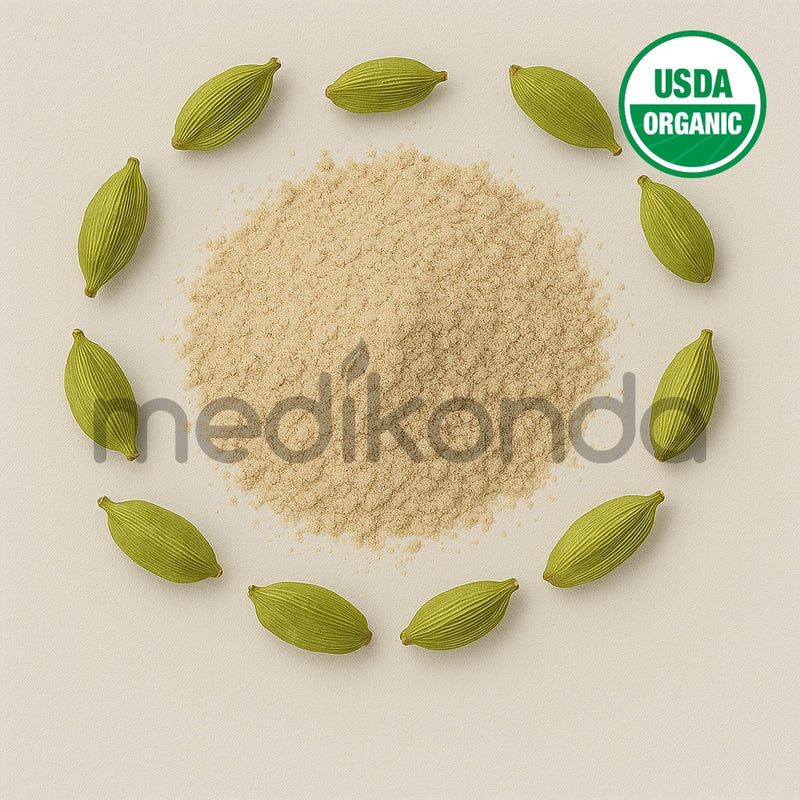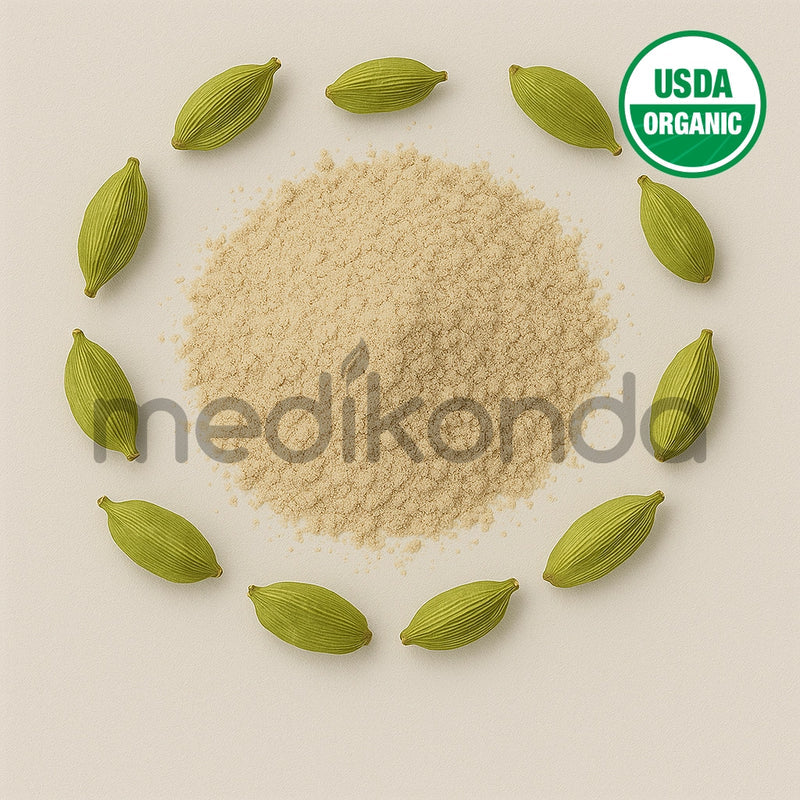Add description, images, menus and links to your mega menu
A column with no settings can be used as a spacer
Link to your collections, sales and even external links
Add up to five columns
Add description, images, menus and links to your mega menu
A column with no settings can be used as a spacer
Link to your collections, sales and even external links
Add up to five columns
LOOKING FOR BULK INGREDIENTS PRICING?
GET INSTANT QUOTEwhat ingredient are you looking for?

Benefits Of Sialic Acid - Wholesale B2B Bulk Suppliers
Sialic Acid: The Vital Sugar for Your Health
Sialic acid might not be a name you hear often, but this sugar molecule plays an essential role in numerous biological functions. Found in many cells throughout your body, sialic acid is involved in a wide range of processes—from immune function and brain health to the regulation of inflammation. Despite its crucial role, many people are unfamiliar with this compound. Let’s take a deeper look at what sialic acid is, why it’s important, and how it impacts your health.
What is Sialic Acid?
Sialic acid refers to a family of nine-carbon sugars that are typically found on the surface of cells in the form of glycans (sugar chains) attached to proteins and lipids. These sugars are called "sialic acids" because they often contain the word "sialic," which comes from the Greek word "sialon," meaning "saliva." The name originates from the fact that sialic acid was first identified in the mucus of saliva.
Though there are different types of sialic acid, the most common form found in humans is N-acetylneuraminic acid (Neu5Ac). Sialic acid is found in a variety of tissues and fluids, including blood, nervous tissue, and mucosal membranes.
The Role of Sialic Acid in the Body
Sialic acid is integral to many biological processes, and it can be found in the glycans of cell membranes, antibodies, and viruses. Let’s break down its functions:
1. Immune System Function
One of the primary roles of sialic acid is its involvement in the regulation of the immune system. Sialic acid helps maintain immune homeostasis by interacting with specific immune receptors. For example, it is a crucial component of the surface of red blood cells, helping to protect them from immune attack by preventing excessive activation of the immune system.
Additionally, sialic acid can help regulate inflammation. By preventing immune cells from becoming overactivated, sialic acid ensures that the body’s response to infection or injury is controlled, preventing harmful autoimmune reactions or chronic inflammation.
2. Brain Function and Neural Development
Sialic acid plays a key role in neural development and brain function. It is abundant in the nervous system, particularly in the brain, where it is involved in the formation of synaptic connections between nerve cells. These synapses are essential for learning and memory.
Sialic acid also contributes to the structural integrity of neurons and facilitates the communication between brain cells. This makes it vital for proper cognitive function and overall brain health.
3. Cell Communication and Adhesion
Sialic acid is involved in the cell-cell communication process. It affects how cells adhere to one another and interact with their surrounding environment. By modifying the structure of glycoproteins and glycolipids on cell surfaces, sialic acid influences a variety of cellular processes, including growth, migration, and signal transduction.
This ability to modulate cell adhesion and communication is crucial for various physiological processes, including tissue repair, immune responses, and even cancer metastasis.
4. Protecting the Body from Infections
Sialic acid is often found on the surface of pathogens, such as bacteria and viruses, and can be exploited by these pathogens to evade the body’s immune system. Some viruses, such as the influenza virus, have evolved to recognize and bind to sialic acid on the surface of host cells to gain entry.
On the flip side, host cells also use sialic acid to protect themselves from pathogens. The sialic acid on the surface of cells can act as a decoy, preventing harmful microorganisms from binding to the cell surface and thus reducing the risk of infection.
5. Regulation of Blood Clotting
Sialic acid also plays a role in regulating blood clotting. It can modulate the activity of platelets and help prevent excessive clotting. This regulation is important in maintaining proper blood circulation and avoiding conditions such as thrombosis (the formation of unwanted blood clots).
Sialic Acid and Health Conditions
Because of its involvement in such a wide range of biological processes, sialic acid is linked to several health conditions, both when it is in excess or deficiency. Let’s explore a few areas where sialic acid plays a significant role:
1. Cancer
Sialic acid has been implicated in cancer, especially in its role in tumor progression. In some cancers, increased expression of sialic acid on tumor cells can help cancer cells evade immune detection, leading to metastasis (spread of cancer cells to other parts of the body). By altering the expression of sialic acid on tumor cells, researchers are exploring possible strategies for cancer immunotherapy.
2. Neurodegenerative Diseases
The nervous system is particularly sensitive to changes in sialic acid levels. Deficiencies in sialic acid have been linked to several neurodegenerative diseases, including Alzheimer’s and Parkinson’s disease. Sialic acid’s role in the formation of synapses and neurons means that alterations in its levels can affect brain function and cognitive health.
3. Inflammation and Autoimmune Disorders
Sialic acid’s ability to regulate immune responses makes it crucial for the management of autoimmune disorders and chronic inflammation. If the regulation of sialic acid is disrupted, it can lead to excessive inflammation or immune system malfunction, both of which are at the root of conditions like rheumatoid arthritis and multiple sclerosis.
4. Congenital Sialic Acid Deficiencies
Rare genetic conditions can result in a deficiency of sialic acid or improper processing of sialic acid, leading to developmental delays, neurological impairments, and severe metabolic disorders. One example is Salla disease, a disorder caused by mutations in the gene responsible for sialic acid metabolism, leading to an accumulation of sialic acid in the urine and various neurological symptoms.
Dietary Sources of Sialic Acid
While the body naturally produces sialic acid, it can also be obtained from certain foods, although in relatively small amounts. Sialic acid-rich foods include:
-
Dairy products: Milk and dairy products contain small amounts of sialic acid.
-
Meat: Particularly organ meats, like liver, have higher concentrations of sialic acid.
-
Eggs: Another source of sialic acid, primarily from the yolks.
However, most of the sialic acid in the body is synthesized internally through the metabolism of sugars and amino acids. As such, a direct dietary source of sialic acid is not typically necessary for most people to maintain healthy levels of this compound.
Final Thoughts
Sialic acid is a vital, yet often overlooked, molecule with far-reaching effects on immune function, brain health, cell communication, and infection defense. Its role in protecting against infections, supporting cognitive function, and regulating inflammation underscores its importance in maintaining overall health. From its involvement in neurological diseases to its influence on cancer metastasis, sialic acid is a compound that warrants more attention as research into its diverse roles continues to unfold.
For bulk orders and inquiries, visit Medikonda Nutrients - Sialic Acid
Medikonda Nutrients is the Largest Manufacturer B2B Bulk Wholesale Supplier of Sialic Acid in the USA.
Also in Medikonda: Health & Wellness
SUBSCRIBE NOW ...
Don't miss to get latest updates on sales, new releases and promotions




